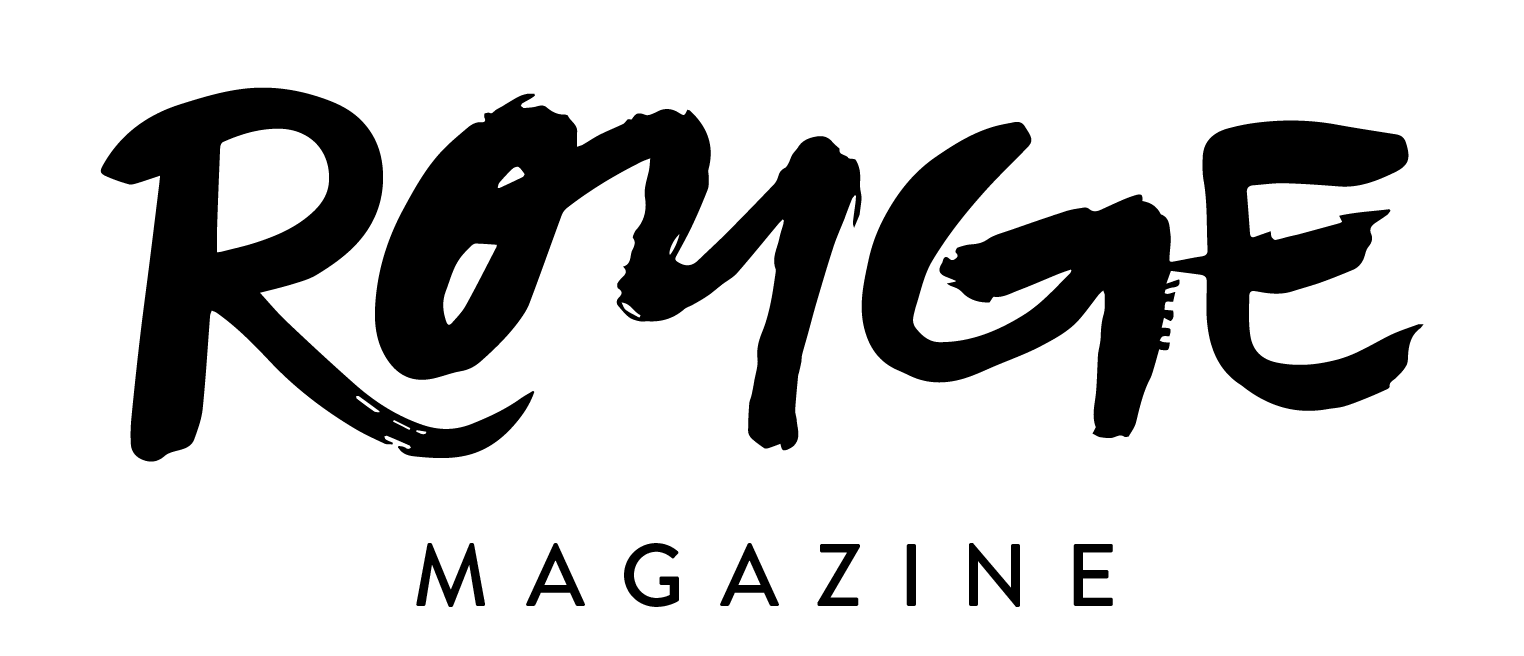A Look Back on The Superpower of Fashion
What comes to mind when you read “2017 Women’s March”? I’m not too sure about you, but my mind goes straight to the countless bright pink pussycat hats that flooded the streets of D.C. It was nearly impossible to escape talk of this overwhelming display.
Clothing is a powerful form of expression. It requires no spoken words (unless you’re into the Pinterest mom graphic t-shirts, then, we get it, you can’t live without coffee). We can use clothing to defy stereotypes, expectations, and norms. While for some, not much thought goes into what they throw on each day, others may seize this opportunity and make active choices with their wardrobe. Even though self-expression and defiance of common culture grows more prominent each day, the superpower of fashion is hardly something new.
In honor of Women’s History Month, I’d like to backtrack to a defining period of history that we know as the Women’s Suffrage Movement. While cat-eared hats may not have been involved, women still found innovative ways to further their cause through fashion during this time. However, this form of activism did not come easily at first. Some suffragettes put on their big girl pants and stepped out in trousers as an attempt to call attention to their cause. While we all love a good statement pant, back in these days, it was ludicrous to see women wearing pants. This controversial statement stunned the public and certainly made some noise. Their pants certainly drew attention, but not necessarily the kind of attention these women hoped to gain. Suffragettes intended to transcend gender roles but ended up getting mocked for their attire. The pants-donning women were deemed ridiculous, and their wardrobe became a weak spot for their cause. However, with some clever thinking, suffragettes moved to their next attempt at strengthening their voice through clothing, as this time they attempted to modify existing fashions rather than inventing new ones. It was time to embrace a pop of color, specifically purple and gold (or sometimes green) paired with white. These colors were symbolic: purple for loyalty, gold as a nod to the key leaders Susan B. Anthony and Elizabeth Cady Stanton's home state of Kansas, green used in the U.K for hope, and white for purity. Women proudly wore these colors at events, parades, and marches in the form of pins, ribbons, hats, and garments (I suppose accessorizing really is the key to making an outfit). These colors became so strongly associated with the Women’s Suffrage Movement that suffragettes designed a flag incorporating the recognizable hues. Out of these colors, we most easily associate white with the Women’s Suffrage Movement. In addition to its symbolism, white became so popular due to its accessibility. The average woman could gather some of her common white clothing and easily join the movement. Suffragettes used colors as a uniform for their cause, as large displays of similarly dressed women not only united supporters, but created too distinct of a force to be ignored.
Rebellious clothing displays have definitely grown bolder over time. I am sure it would have been unimaginable for suffragettes to wear bright pink hats signaling women's genitalia, yet many people have supported such a display in our day and age. This evolution begs the question of where the superpower of fashion might lead us next and how it will develop in ways we cannot imagine today.
With this look back in time, I call you to be mindful of how you might use fashion’s unwavering power the next time you get dressed in the morning.
Graphics by: Lauren Skeen

